In Kamathipura, a black Bentley pulls into a tiny street. A person steps out as the door opens. The camera captures the foot initially, then rises upwards to reveal the face.
Almost every Bollywood film has this shot, which is sacredly reserved for the film’s “hero.” However, in Bhansali’s Gangubai Kathiawadi, this finely crafted entry sequence is for the ‘heroine’ – a day drinker, paan-chewing, madame of Kamathipura.
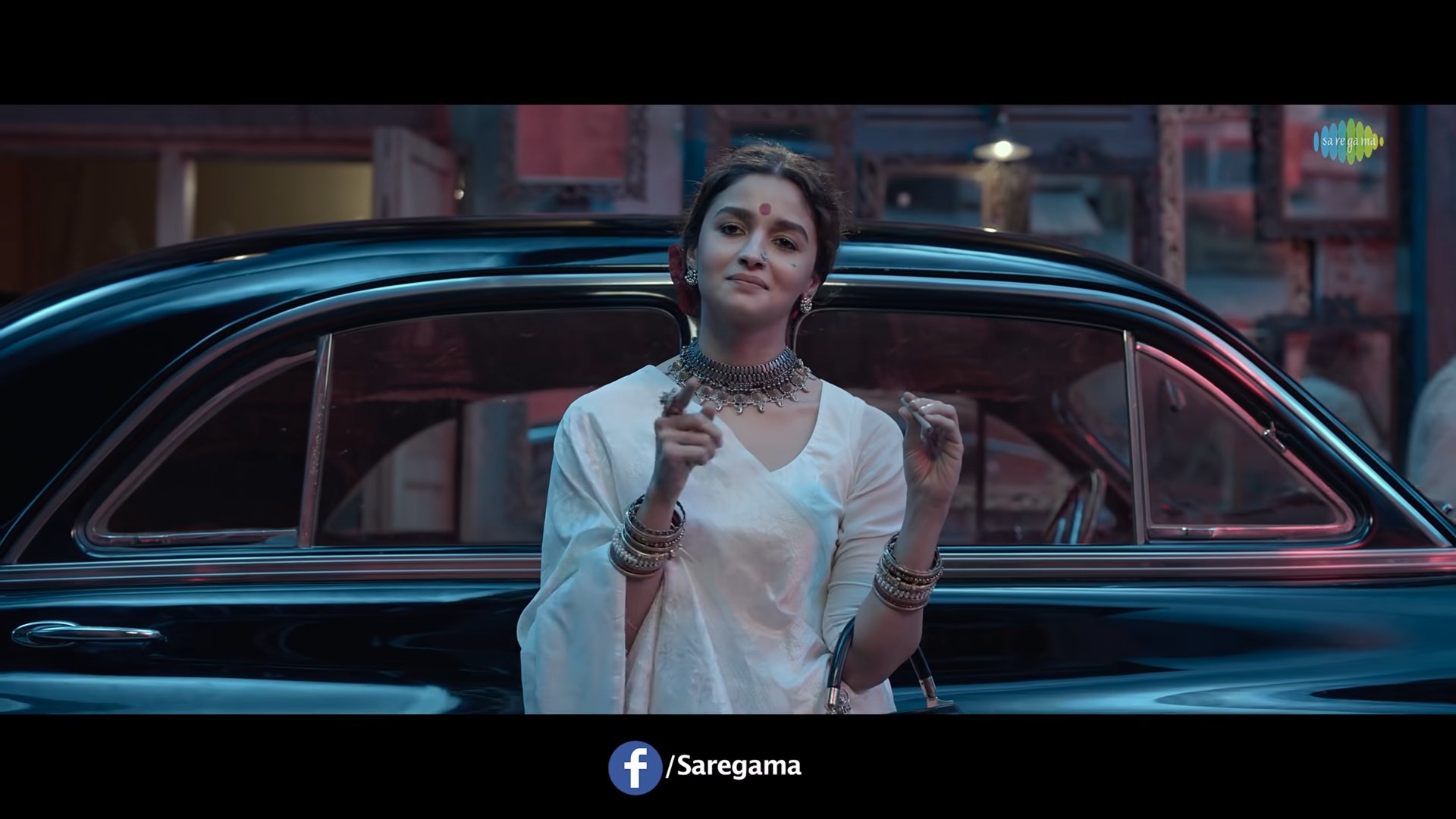
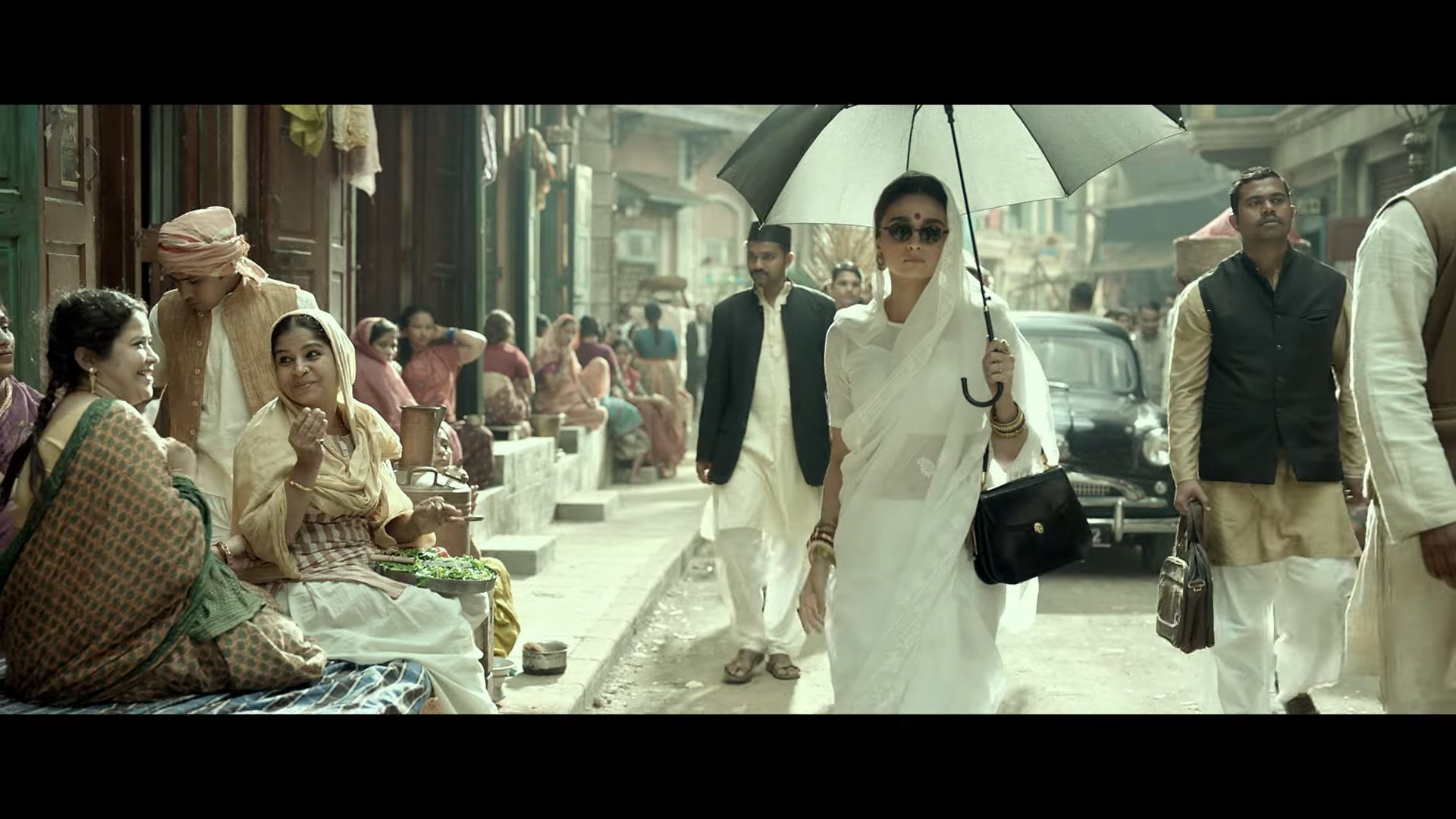
The relevance of emphasizing this certain scene in the film stems from the distinctive treatment that female characters obtain in our cinema from the moment they are introduced to the audience.
Sanjay Leela Bhansali, who has given us larger-than-life films like Padmaavat, as well as classic romantic tales like Hum Dil De Chuke Sanam, puts aside this heroic portrayal for his female characters.
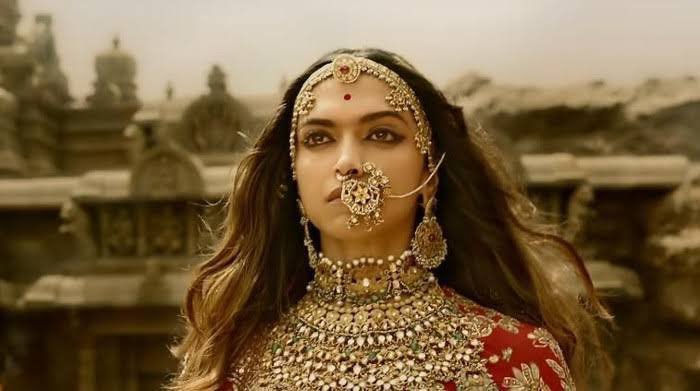
In Bajirao Mastani, while Deepika Padukone’s character is depicted as a warrior princess, who saves the hero, we also see Kashibai (Priyanka Chopra), the first wife of Bajirao, firmly stand her ground. The latter is not portrayed as a one-dimensional character. Even though we are introduced to her as a devoted wife, she eventually proves that she has her own voice.
If you glance at the filmmaker’s works, you’ll notice that his female characters, whether in Devdas, Guzaarish, or Ram Leela, are individuals who wield a great deal of power, are self-sufficient, and strong.
While most directors rely on storylines featuring male protagonists, Bhansali’s fierce female characters break every shackle that tries to bind them. In fact, the filmmaker stated in a recent interview with TOI that he believes the assumption that women-led scripts will fail at the box office is absolutely untrue.
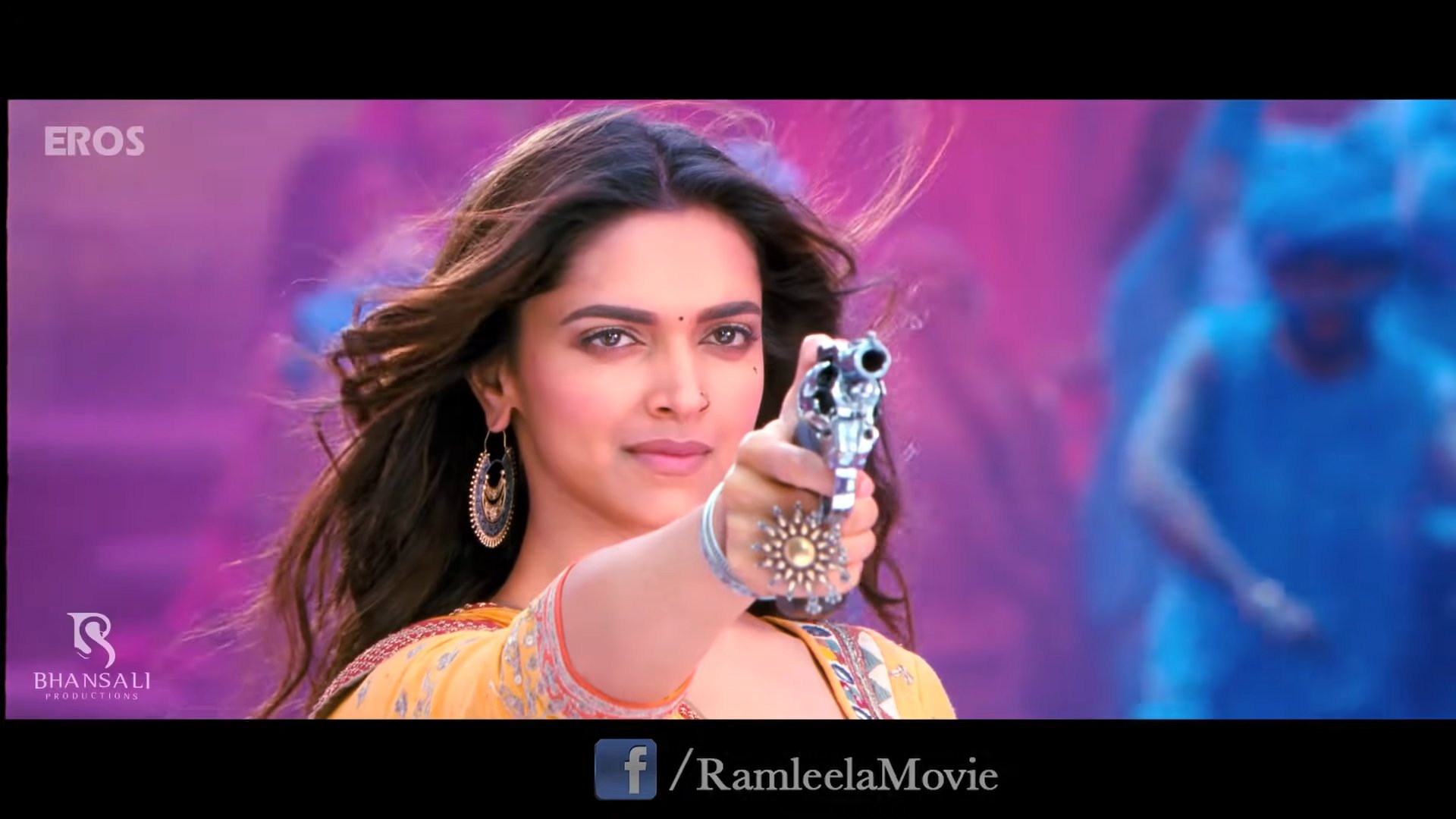
There are so many layers if I have to tell a woman’s story. Shyam Benegal did a lot of women-centered stories like Bhumika. They are the most beautiful characters to tell the story about. There are so many shades. Endless shades!
– Sanjay Leela Bhansali
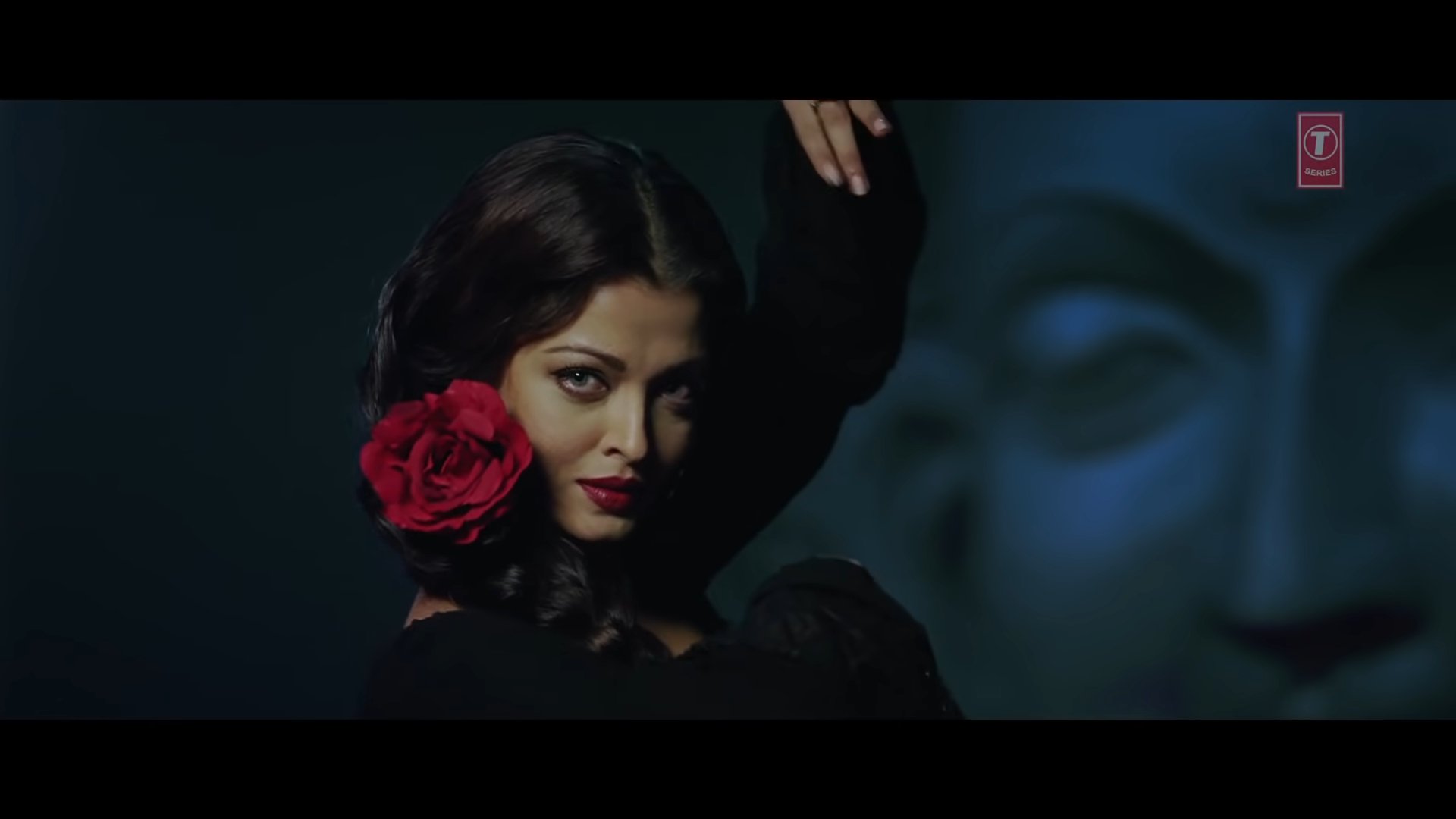
Now, a horde of critics might charge at me, claiming that he glorifies sacrifice or focuses his female characters around the male protagonist. I’d like to express unequivocally that I agree to an extent. His portrayal of women in his films is surely not flawless. But I would also argue that even those flawed characters are among the rare strong female protagonists we have witnessed, especially in films helmed by male directors.
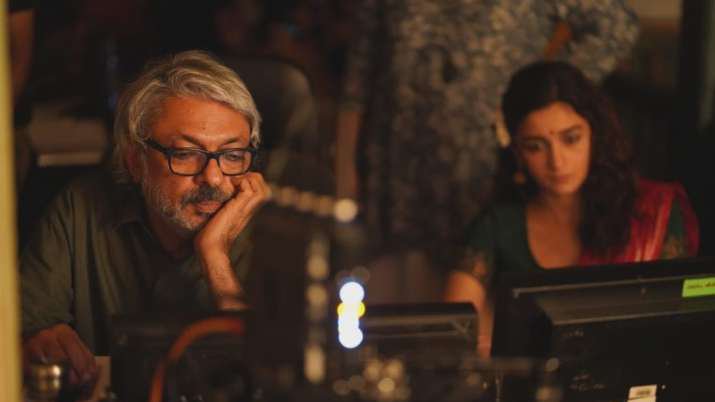
Before we get into the director’s more recent works, let’s have a look at his debut, Khamoshi, which is considered a classic romance. Manisha Koirala’s character, Annie, is introduced as a gorgeous young girl, a daughter of a hearing-impaired and mute couple, who falls for a charming musician (Salman Khan). Bhansali brought us a character who takes agency over her body and her life in the 1996 release, which sets it apart from the 90s films, that still had female characters who were essentially an arm-candy.
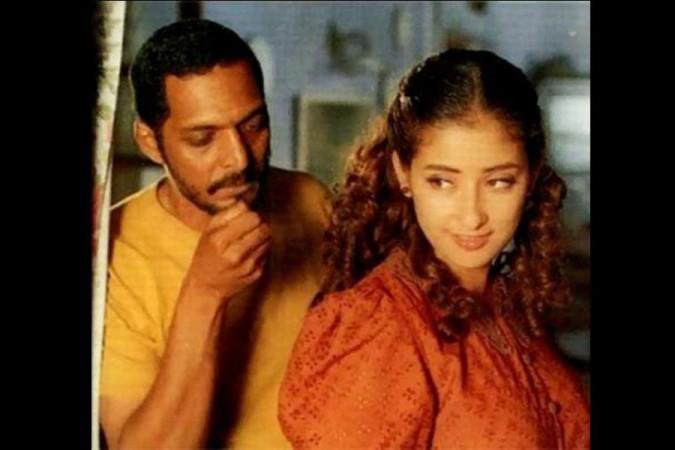
Despite her limitations, Rani Mukherjee’s Michelle in Black was one of the few characters who never demanded pity from the audience. Bhansali portrays this individual as a self-sufficient woman who is stronger than her circumstances.
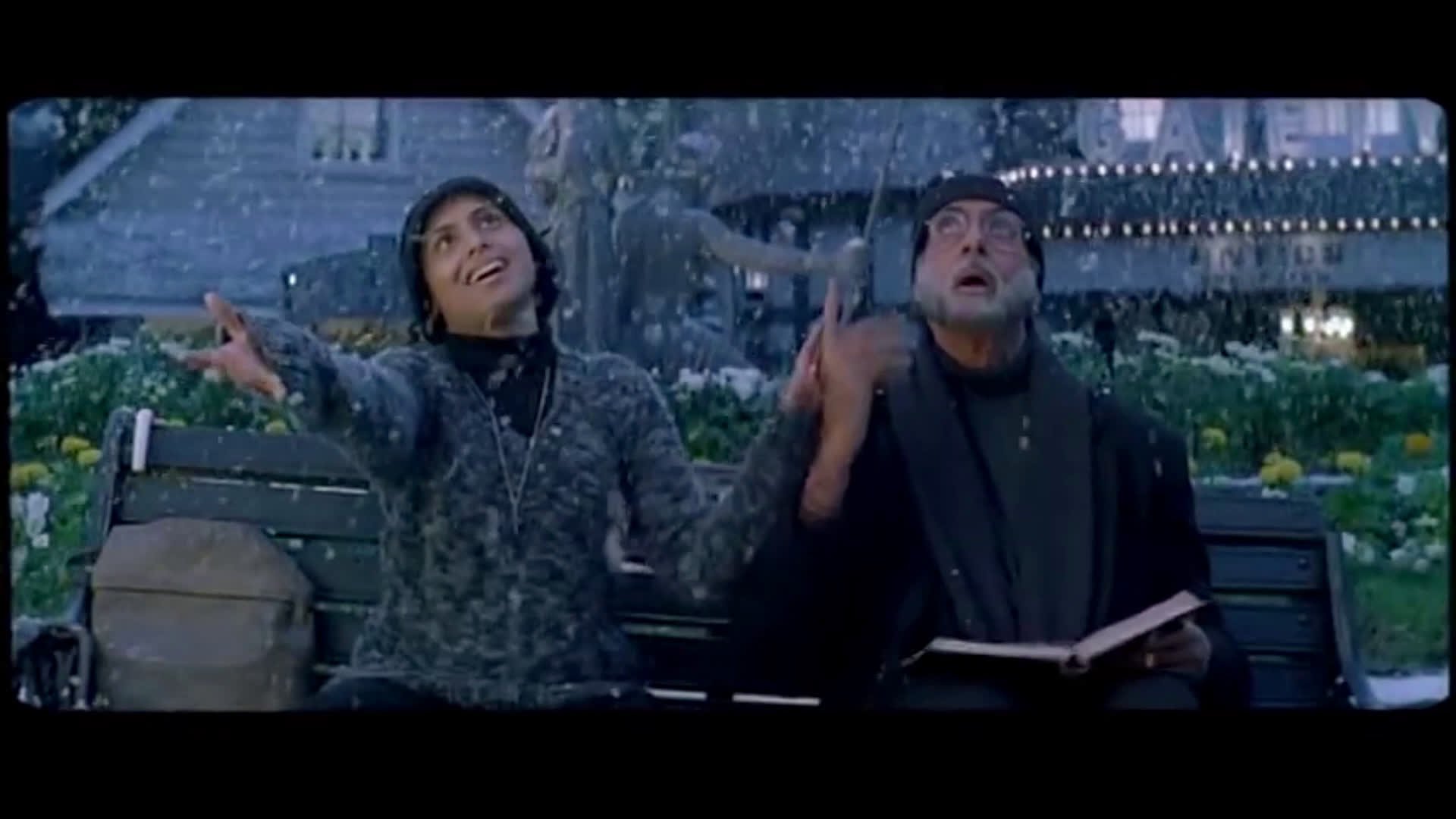
The director’s view is refreshing in a sea of modern filmmakers who can’t seem to get rid of stereotypical cliches when displaying women in their films. Especially, the portrayal of a sex worker in his latest film, who is fierce and blatant in her approach.
If we set aside the controversy regarding the glorification of a mafia for a moment, Gangubai, as depicted in the film, appears to be a woman who stands among men and confronts society for robbing her of her rights- unabashedly.

















